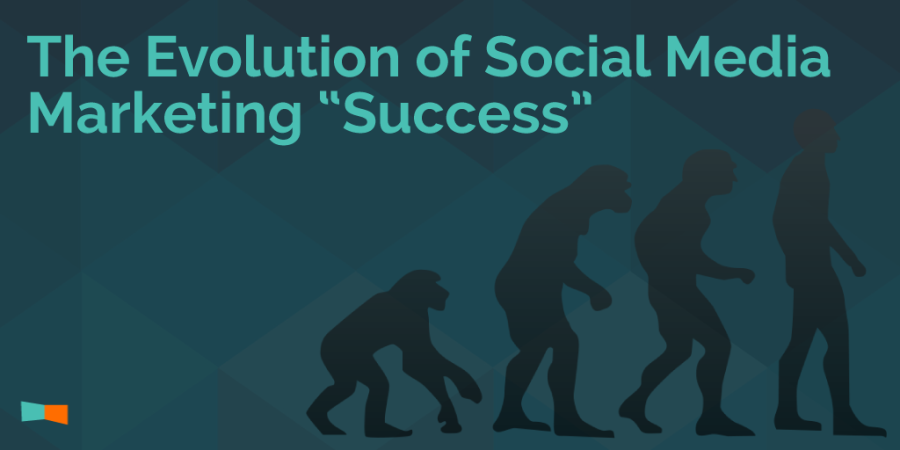
Defining “success” on social media isn’t easy for brands. It’s often an early step in an increasingly complex customer journey, and there’s heaps and heaps of data. Given that, many marketing departments feel overwhelmed by the data and don’t know what to do with it, so they end up relying on the easy metrics to pick out to define social marketing success. For example, Facebook makes the number of page likes very obvious and Twitter puts the follower count front and center. As a result, marketers lack true, actionable insights from social and the channel ends up being less effective than it should be.
For brands to participate on social media, it requires an investment. It takes time and energy, and increasingly, it takes a monetary investment. We’ve been big preachers of social marketers proving their value and their success in terms of ROI, but for so long, the “experts” of social media have played fast and loose with what ROI means for social.
In this post, we’ll explore the evolution of what that “R” means when it comes to social media.
Stage I: Views
In 2007, Facebook finally let organizations create brand pages. It was touted, essentially, as free marketing access to Facebook’s growing audience of highly desirable young adults. For brands, just reaching that audience and getting a message in front of them was “success”. In the ROI equation, with a very little “I”, the “R” didn’t have to be very substantial from a business goal perspective.
Stage II: Engagement
As the social networks continued to grow and mature, social marketers also became more sophisticated. Brands realized how powerful social marketing could be and began investing in bigger teams and more thought-out social strategies.
The power of the network was a massive attribute of the channel that marketers had to capitalize on, but perhaps more importantly, for the first time, customers could make an impact by communicating back. The two-way communication created a big opportunity, but also had a lot of risk.
Sure, before social media customers could call customer service and make a complaint, or make a scene in a store, but with social media, their complaints could be seen by their peers and other customers of the brand, creating a much larger impact. Brands reacted and started to use social media as a major customer service channel — putting out fires, engaging with customers, and learning about their wants and needs.
At this stage, sentiment analysis and social listening became really important. Brands wanted to make sure that complaints were taken care of, and social marketers were tasked with creating positive engagement: likes, favorites, follows, and positive comments.
Stage III: Conversions
Over the last year or two, Facebook’s algorithm has become more important than ever. Due to the massive amount of content that people are sharing, as well as pressure on Facebook to generate revenue, the news feed algorithm has squeezed down hard on brands’ organic posts. And it’s not just Facebook. Twitter, too, has seen an increase in content, resulting in clogged feeds, and some sort of feed algorithm is expected this year. As a result, it’s practically a requirement for brands to have some paid social component. And with any serious paid component, managers and executives want to see a real ROI. The value of a “like” or “favorite” or even a follower on social is highly debatable, and for most businesses, won’t cut it as a business metric. They want conversions and proof that their investment in social media marketing is creating revenue.
Just this week — while I was writing this post — Facebook basically announced that clicks don’t matter, conversions and sales do. It’s the next step in social marketing success. Now that the actual ends (sales) can be accurately measured, the less predictive indicators (likes, impressions, etc.) aren’t as important.
Social media was always on this course. It was only a matter of time for the technology of the social platforms to mature and for social marketers to become comfortable and well-versed with the relatively new channel.
Brands that measure their social success with likes and follows will struggle to make a real impact in their organization. On the other hand, those that realize that social can move the business needle, and evolve their social measurement accordingly, will see success.
For more content on social marketing and how to drive conversions from social, subscribe to the blog by entering your email at the top of the page!
(256)
Report Post






